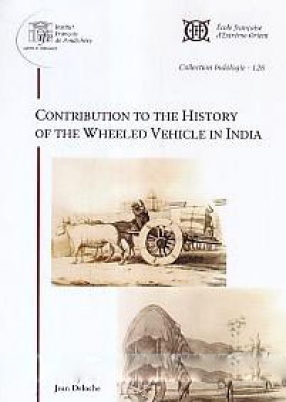
Jean Deloche

Showing all 8 books
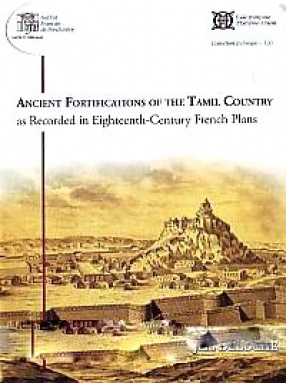

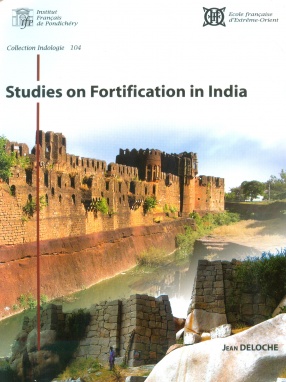

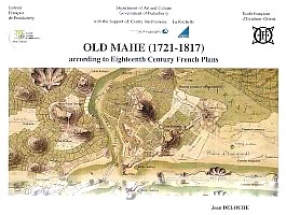

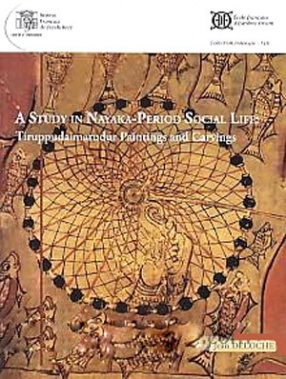
The carvings and paintings of Tiruppudaimarudur bring “flesh and blood” to the “dry bones” of the published histories of the Madurai Nayakas. In an extraordinarily lively manner, they show us the culture and socio-economic life of almost every part of society, from the king to the common man. They are, as it were, the photographs of the era!
The methodology followed in this book is almost entirely based on a careful and systematic analysis ...

Four Forts of the Deccan which presents four significant fortifications of South India, namely Daulatabad, Mudugal, Gandikota and Gutti, each of which furnishes evidence of the excellence of the military architecture developed in the Kingdoms of the Deccan between the 13th and the 18th centuries. The main purpose of this study is to analyse the building techniques in order to establish the typology of the works and to bring into focus a reliable method to ...
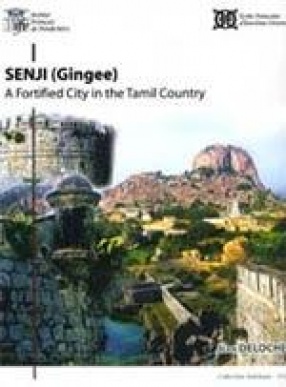
Senji, immortalized by Desing’s ballad, still pouplar in South India, is a significant place in the Tamil country. Successivly occupied by the Hindus of Vijayanagar, the Nayakas, the Muslims of Bijapur, the Marathas, the Mughals and finally by the French in 1750, it was, at the end of the 16th century, one of the biggest cities of the peninsula. The fort is particularly interesting for students of military architecture, because it is the only one in India where ...

This book brings together essays on some prominent defensive works which have been constructed over many centuries across the Indian subcontinent, particularly South India.
The first chapter, on the Harappan period and early historic Indian sites, is based mainly on archaeological reports; all the other chapters, covering South India from the 3rd to the 18th century A.D., draw on the available historical material, both documentary and epigraphic, as well as on ...
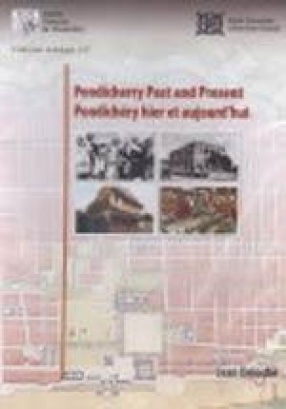
This bilingual (French-English) CD first shows Pondicherry from its origins to 1824, using reproductions of magnificent water colour maps and plans preserved in French archives. Through old postcards and a mixture of recent and archival photographs it then presents the town from 1824 to the present day, a small colonial settlement now merged in the Indian Union.
